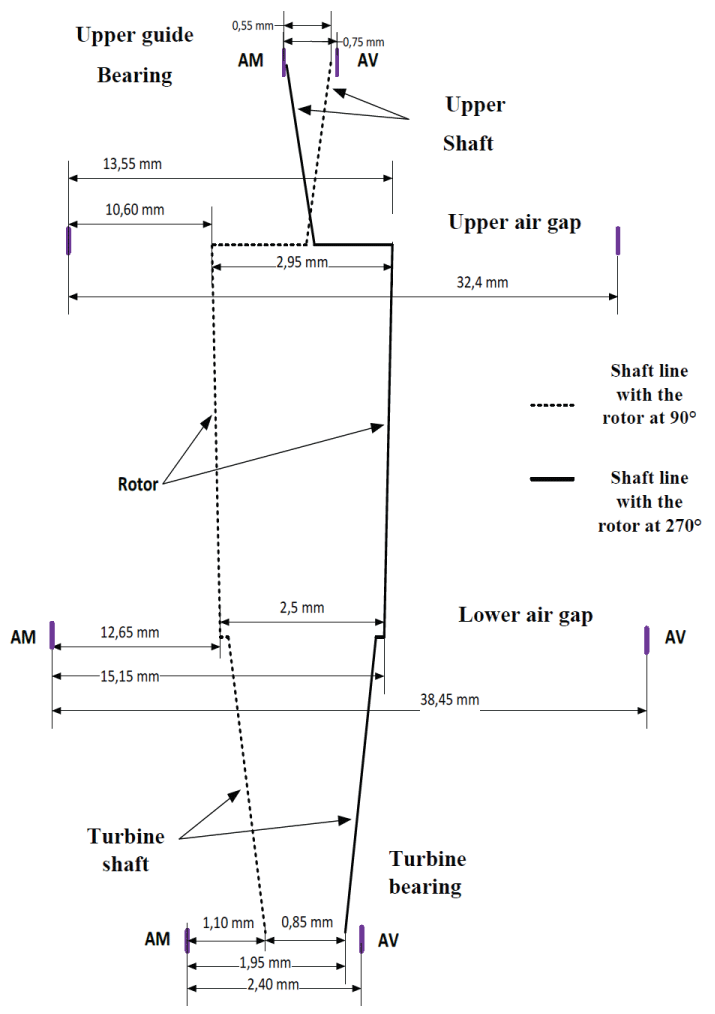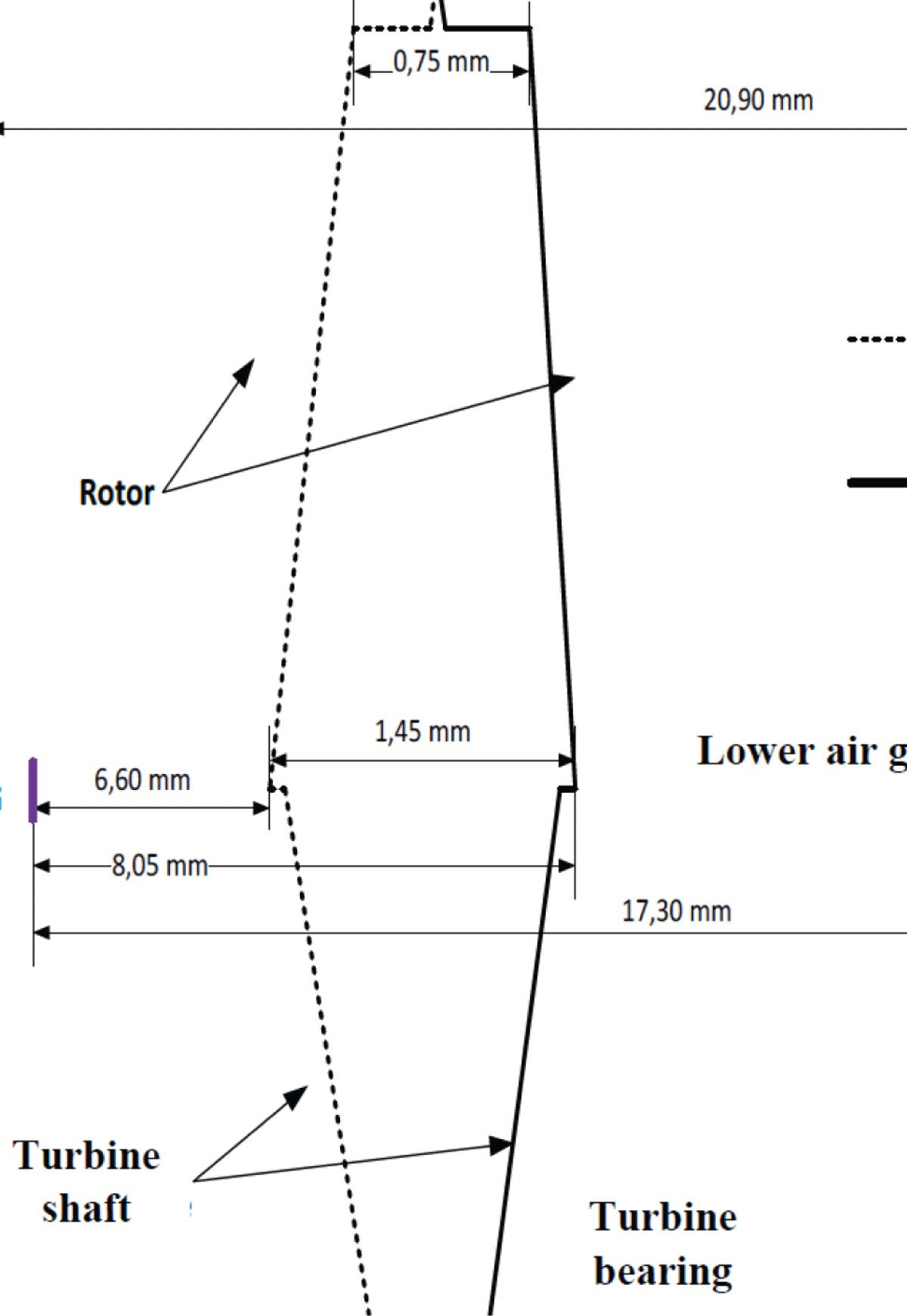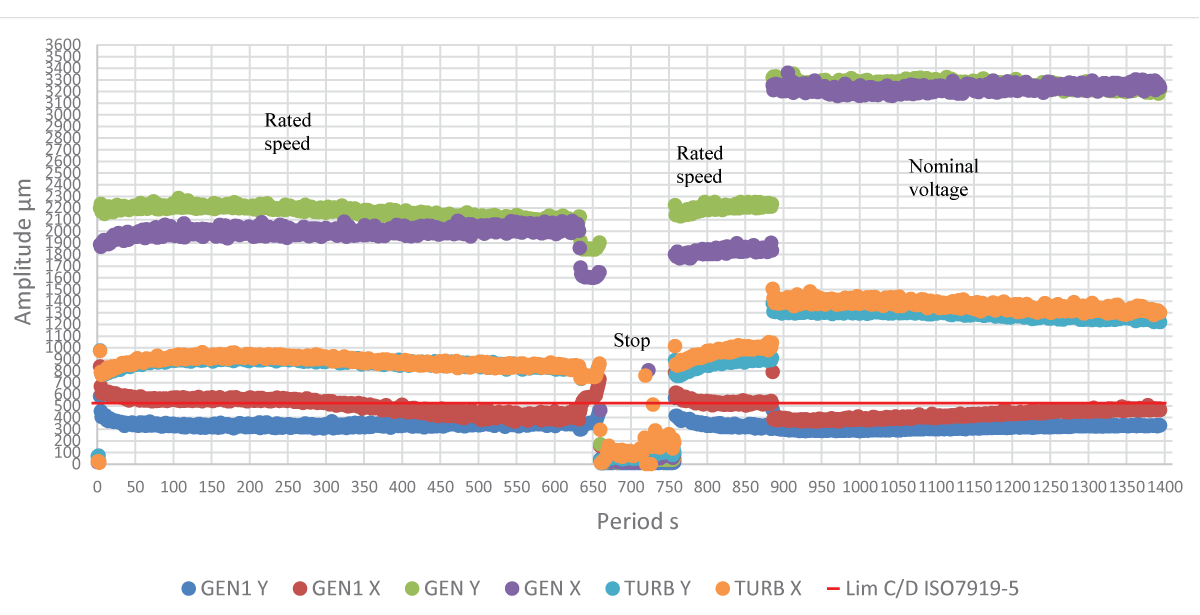要約
The article presents a case study on the Investigation of lateral vibrations in the turbine-generator unit 5 of the Inga 2 hydroelectric power plant in the Democratic Republic of the Congo. Lateral vibrations were experimentally determined using twelve proximity and eddy-current probes, positioned on each measurement plane. The results were analyzed using the Dasylab and R software. Hence, it was observed that the vibration amplitudes of the upper guide bearing, lower guide bearing, and pivot/rotor exceeded acceptable or critical limit values of the international vibration standard for a rotating speed between 100-250 rpm. These excesses can lead to rotor mass imbalances, the eccentricity of the rotor axis relative to the rotation axis of the shaft, and the deformation of the coupling shaft between the upper rotor shaft and the turbine rotor shaft. Subsequently, the means and the variances of the vibration amplitudes were evaluated and compared to the reference values of the international standard. The results of the compliance analysis revealed statistically significant differences between the measured amplitudes and the reference values. Thus, it indicates deviations from international specifications.




![Sensor location on each measurement plane [16].](https://www.igminresearch.jp/articles/figures/igmin173/igmin173.g001.png)






